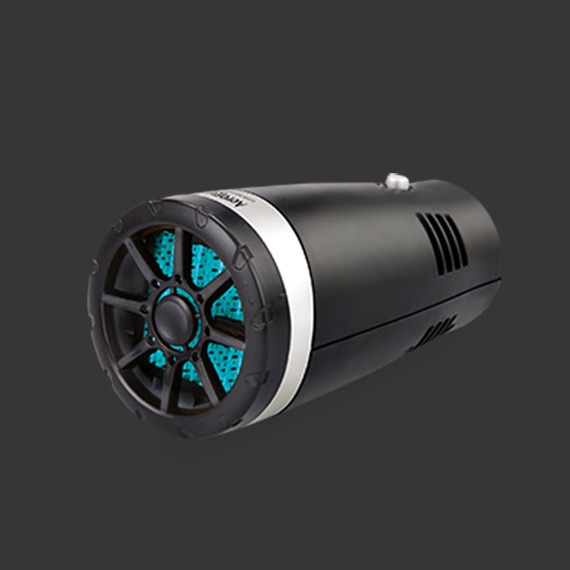Flexible Hose Pipe for Clutch Systems and Automotive Applications
Understanding Clutch Hose Pipes Importance and Applications
In the world of automotive engineering, the clutch system plays a crucial role in the operation of manual transmission vehicles. Within this intricate system, clutch hose pipes are essential components that often go unnoticed but are integral to the proper functioning of the vehicle's clutch mechanism. This article explores what clutch hose pipes are, their importance, and the various applications they serve in automotive technology.
What is a Clutch Hose Pipe?
A clutch hose pipe is a flexible tube designed to transmit hydraulic fluid from the clutch master cylinder to the clutch slave cylinder. This hydraulic system allows the driver to disengage and engage the clutch smoothly while shifting gears. The hose is typically made from resilient materials that can withstand high pressure and harsh conditions, ensuring longevity and reliability.
Importance of Clutch Hose Pipes
1. Hydraulic Transmission The primary function of a clutch hose pipe is to facilitate the hydraulic transmission of force. When the driver presses the clutch pedal, the master cylinder creates pressure, sending hydraulic fluid through the hose to the slave cylinder. This action effectively disengages the clutch, enabling gear shifting.
2. Precision and Control The performance of a vehicle largely depends on the responsiveness of its clutch system. A well-functioning clutch hose pipe ensures precise control over the clutch engagement and disengagement, which is essential for a smooth driving experience. Any leaks or damages in the hose can lead to a loss of pressure and compromised control, making the vehicle hard to shift.
3. Safety and Reliability Given that the clutch system is fundamental to vehicle operability, the integrity of the clutch hose pipe is vital for safety. A damaged or worn-out hose can lead to brake fluid leaks, creating hazardous driving conditions. Regular inspection and maintenance of the hose can prevent these issues, ensuring both safety and reliability for drivers.
clutch hose pipe

Applications of Clutch Hose Pipes
Clutch hose pipes are primarily used in manual transmission vehicles, but their applications extend beyond just passenger cars
1. Heavy-Duty Vehicles Trucks, buses, and other heavy-duty vehicles also utilize clutch hose pipes in their transmission systems. The need for robust and reliable performance is even greater in these vehicles due to their size and load capacity, requiring specially designed hoses to handle higher pressures.
2. Motorcycles Many motorcycles with manual transmissions use clutch hose pipes to operate their clutch systems. Given the compact nature of motorcycles, the hoses must be designed to fit within tight spaces while still providing efficient hydraulic transfer.
3. Racing and Performance Vehicles In the realm of motorsports, precision and responsiveness are paramount. Customized clutch hose pipes are often used in racing cars to enhance performance. These hoses are designed to minimize flex and expand under pressure, providing drivers with a more immediate feel for the clutches’ engagement.
4. Agricultural Machinery Many agricultural machines, such as tractors and harvesters, employ clutch hose pipes as part of their drivetrain systems. These vehicles require durable hoses that can withstand outdoor conditions and heavy use while maintaining reliable performance.
Conclusion
Clutch hose pipes may be small components in the grand scheme of a vehicle's operation, but their significance cannot be overstated. They are the backbone of the clutch hydraulic system, ensuring smooth gear transitions, enhancing vehicle control, and contributing to overall safety. Understanding the role and importance of clutch hose pipes encourages proper maintenance and inspection, ultimately leading to a safer and more enjoyable driving experience. As automotive technology continues to evolve, the design and materials used in clutch hose pipes will likely improve, further advancing the efficiency and reliability of vehicle performance.
-
Workings of Clutch Pipe and Hose SystemsNewsJun.04,2025
-
The Inner Workings of Hand Brake Cable SystemsNewsJun.04,2025
-
The Secrets of Throttle and Accelerator CablesNewsJun.04,2025
-
The Hidden Lifeline of Your Transmission Gear Shift CablesNewsJun.04,2025
-
Demystifying Gear Cables and Shift LinkagesNewsJun.04,2025
-
Decoding Clutch Line Systems A Comprehensive GuideNewsJun.04,2025
